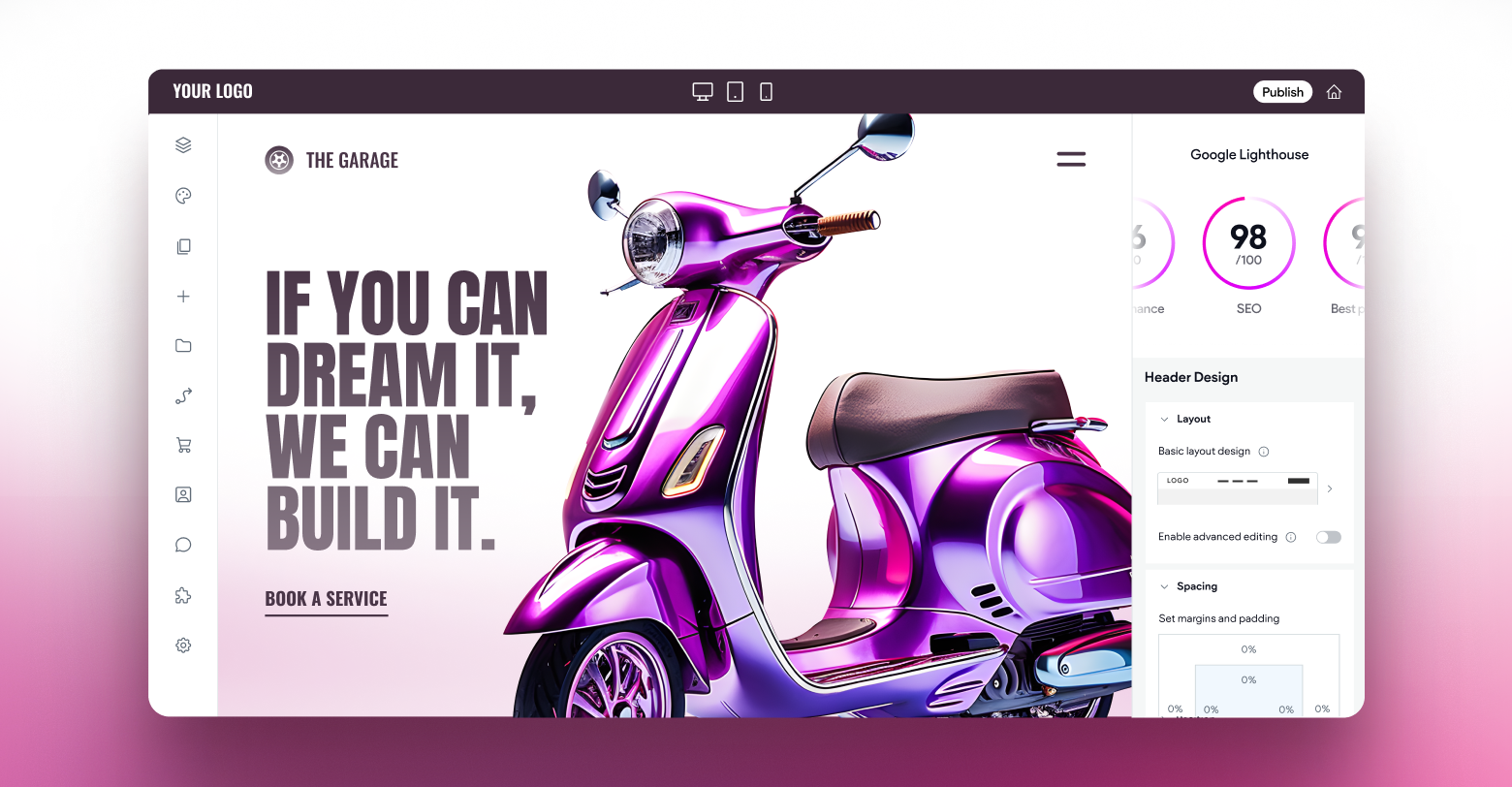Site stats are really important for showing the value of a site to a customer. Data can reveal information about site conversions and successes. It can also show site tendencies and weaknesses that can be used as a roadmap for making improvements.
Of course, understanding how to read and interpret stats is critical for being able to take advantage of these benefits.
In this blog, I’d like to cover some common stats-related issues that have been raised through the Support Center. We’ll explain some Site Stats terms and offer tips on how to make the most out of the information you have at your fingertips.
First Things First – Finding your Site Stats
The first thing you need to know, of course, is where to find your site stats. To find stats for all of your website, click on the Stats tab in your dashboard and then enter the site name of the site you want stats for.
You can access stats for all your sites from the Dashboard
You can also access site stats directly from a website. To do this, click the “i” icon on the top panel of your dashboard and click STATS on the left side panel.
You can also find Site Stats directly from any site
Snowplow – Duda’s Source for Site Stats
Add your Google Analytics ID for even more stats
Sometimes, there may be discrepancies between the data you receive from Duda and the data that comes from Google Analytics. If this happens, please, contact us and we’ll look into the issue.
Understanding Your Site Stats
Content Data
The Difference Between Page Views and
Unique Page Views
.
A
page view
is a single viewing of a web page. This means that any time the page is loaded by a user’s browser, the number of page views is incremented. If a user visits the same page multiple times within a single session, each viewing will add to its page view count.
Unique page views
are a useful alternative to basic page views. With unique page views, you eliminate the factor of multiple views of the same page within a single session. If a user views the same page more than once in a session, this only counts as a single unique page view.
The Difference Between Bounce Rate and Exit
Bounce Rate
means that a user entered a page and left it before moving to another page.
Exit
means a user arrived at a page from another page in the site and closed the site on this page, without moving to another internal page.
Engagement
In the
Engagement
section, you’ll see
Visits
and
Page Visits
. What’s the difference? If a user lands on any page of a site, it is considered a
Visit
. If a user browses to another page on that site within the same session, every page they visit is counted as a
Page Visit
. This type of visit is counted even if a user visits the same page twice or reloads a page.
Geolocation
Another important section in your Duda site stats is
Geolocation
. This shows where site visits originate. We cannot show you the IPs of site visits, but we can show you in what country they were made.
So, What Can You Do With All This Data?
This is a lot of information, and you may not always know what to do with it. Here are some suggestions:
Page Visits:
By identifying which pages users visit the most (and least) you can replace site links and add banners or call-to-action buttons to direct users to pages which have less traffic.
Engagement:
This data can help you learn which pages (contact forms, popups, and Call Us elements) are triggered the most (and least) often. This can help you design better sites in the future.
Geolocation:
If you see that the number of users from a certain country is particularly high, you may want to add another language to your site using Duda’s Multi Language feature. This would create a customized experience for these users specifically, and could boost conversion.
Bounce Rate:
If you see that a page has a particularly high bounce rate, it may mean that the page has some design problems or that its content isn’t quite right. Consider revising the page by changing the design, the content, or both.
Browser and OSs:
This information may seem a bit dry, but it too has great usefulness. You can compare traffic from different search engines and target your campaigns to the channels that have the highest return.
Traffic Sources:
There are device breakdowns throughout the site, and these can be of immense help in designing your sites. It’s no secret that mobile-site versions are picking up speed these days, and driving in almost as much traffic as desktop sites. If your sites have a lot of mobile traffic, double-check the mobile versions and customize the content (separately from the desktop layout) so that important elements are more prominent. Rearrange blocks, change page structure and more so users on mobile have the best possible experience.
Stay Tuned!
We’re also improving things here at Duda, so keep your out for updates and emails. Of course, if you have any more questions about Site Stats, check out the Support Help Center for more details and further reading.












